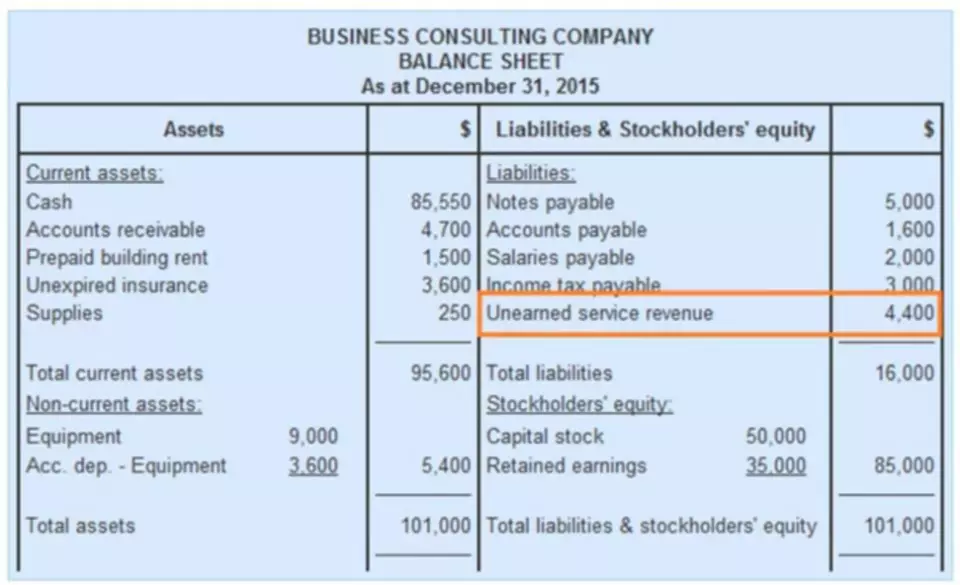Content
- Capital budgeting: what it is and why it is important
- Preparing a Capital Budgeting Analysis
- Gathering investment proposals
- The Capital Budgeting Process and the Time Value of Money
- Cash Flows for a Lessor’s Investment Decision
- NetSuite Has All Your Budgeting and Financial Planning Needs in One Place

CPP is a system of accounting which makes adjustments to income and capital values to allow for the general rate of price inflation. Two systems known as “Current purchasing power” and “Current cost accounting” have been suggested. Both proposals are for similar products and both are expected to operate for four years. Future value is the value in dollars at some point in the future of one or more investments. Recall that the interaction of lenders with borrowers sets an equilibrium rate of interest. Borrowing is only worthwhile if the return on the loan exceeds the cost of the borrowed funds. Lending is only worthwhile if the return is at least equal to that which can be obtained from alternative opportunities in the same risk class.
- This project would likely move forward in the absence of other factors, as the payback period is relatively short.
- Essentially, IRR is the discount rate that will make the NPV equal exactly $0.
- It’s common to require proposals to be vetted and reviewed by different areas of the company, obtaining endorsements from accounting, sales or operations managers prior to submission.
- Standard terms for repurchase agreements run from overnight to 6 months or more, with the bulk of these transactions completed overnight.
- Excel and Google Sheets both have an IRR function that calculate return rate based on a table that includes the initial investment and all future cash flows.
- Future cash flow refers to the new income streams minus cash outflows, which include the initial investment and any ongoing costs connected to a proposed project.
It’s a good idea to do this at predetermined implementation milestones as well as at the end of the project. Two important concepts that underlie many capital budgeting methods are opportunity cost and the time value of money. Key to preparing a successful capital budgeting analysis is finding someone with the expertise and experience to calculate accurate and reasonable cash flows. If a business does not have a person like this on hand, it does become more of a passion play and less an exercise in critical business judgement. For a comparison of the six capital budgeting methods, two capital investments projects are presented in Table 8 for analysis. The first is a $300,000 investment that returns $100,000 per year for five years. The other is a $2 million investment that returns $600,000 per year for five years.
Capital budgeting: what it is and why it is important
An effective process of capital budgeting aims at improving the timing of asset acquisitions and the quality of assets purchased. Another reason that highlights the relevance of the capital budgeting process is that asset expansion typically involves substantial expenditures. A number of factors make capital budgeting one of the major financial management decisions. In fact, the first step in undertaking any allocation project is the analysis of its economic and financial profile. Many times, business leaders must make capital budgeting decisions with imperfect information due to uncertainties about future conditions, especially since capital projects tend to be long-term in nature. Consider the cyclical disruptions in technology that present challenges or opportunities for capital projects in that industry.
- Funding for each project must cover annual operating and maintenance expenses as well as any debt service resulting from financing.
- This cost is offset against the savings in interest on the debt issue resulting from the credit enhancement.
- Indeed, such caps could affect public institutions as well, so institutions should remain attentive to the legislative climate.
- The advantage of this approach is that it helps a business avoid undertaking projects that may not increase profitability.
- NPV is the sum of the present value of each projected cash flow, including the investment, discounted at the weighted average cost of the capital being invested .
- The timing of cash flows are important in new investment decisions and so the chapter looks at this “payback” concept.
This is essentially a Capital Budgeting measure, for the focus is on the period of time that the investment is at risk of not being returned to the company. This analysis is most useful when used as a supplement to the preceding two analysis methods, rather than as the primary basis for deciding whether to make an investment.
Preparing a Capital Budgeting Analysis
Most private placements have maturities that exceed 15 years, although the majority of the principal can be accelerated to be repaid in 5 to 10 years. One of the most common forms of acquiring land and buildings is through the use of conventional mortgage financing. From an accounting perspective, all debt with a maturity greater than 1 year is classified as long term.

The https://www.bookstime.com/ budgeting process helps business leaders make better informed decisions about how to invest their company’s capital. The quality of the data used in the process is important to ensure the best analyses are made. The automated, collaborative tool offers complex modeling features that can help elevate the most investment-worthy capital budgeting proposals at the front end of the process. In addition, the software can help track actual project cash inflows and outflows against the estimates as the project is implemented. It also reduces budgeting cycling time and improves the accuracy of forecasts. Vast sums of money can be easily wasted if the investment turns out to be wrong or uneconomic. The subject matter is difficult to grasp by nature of the topic covered and also because of the mathematical content involved.
Gathering investment proposals
For some businesses finding the right time and people with domain expertise in capital budgeting is a challenging proposition. Using workflow automation solutions like Cflow can simplify the process of performing complex calculations in capital budgeting. Time horizon – Capital budgeting is a long-term process spanning several years. Shorter duration forecasts can be accurately determined, but longer duration estimates are often error-prone. An expanded time horizon, therefore, could be a potential problem while calculating values with capital budgeting. When operations for new ventures are projected – capital budgeting techniques help determine the financial feasibility of the new venture.

A capital budget can also help a company to make better financial decisions by evaluating the potential profitability of a new investment. Additionally, a capital budget can help to ensure that a company is in compliance with financial regulations. For the least common multiple of lives approach, the analyst extends the time horizon of analysis so that the lives of both projects will divide exactly into the horizon. The projects are replicated over this horizon, and the NPV for the total cash flows over the least common multiple of lives is used to evaluate the investments.
The Capital Budgeting Process and the Time Value of Money
Debt issues require public disclosure of institutional financial information that is not required in lease transactions. In addition, lenders may place restrictive covenants on high-dollar debt issues. Restrictions for minimal working capital or limits on other types of debt or leases are generally not required under financial leases. The real rate of returnis determined by the supply and demand for money in the market.
What is the 4 techniques for capital budgeting?
Payback Period, Net Present Value Method, Internal Rate of Return, and Profitability Index are the methods to carry out capital budgeting.
The only way to remains with the company is to scrap the asset and bear the losses. Capital InvestmentCapital Investment refers to any investments made into the business with the objective of enhancing the operations. It could be long term acquisition by the business such as real estates, machinery, industries, etc. However, the issuer should analyze the costs and benefits of credit enhancement to determine whether it adds value to the transaction. In some economic climates, the cost of the insurance may be greater than the savings produced by a lower interest rate. When letters of credit are used to enhance the quality of a debt issue, the credit rating of the issuer of the letter of credit is substituted for the credit rating of the debt issuer.
Cash Flows for a Lessor’s Investment Decision
The NPV is positive, therefore AAA has determined that the project will return value in excess of the investment amount and is worth further investigation. To put it bluntly, it is spending money to make more money, which is a fundamental catalyst for business growth. All other things being equal, organizations should go with the project that has the highest positive NPV.
- This difference between the discounted method and non-discounted period increases when the payback period is longer or the discount rate is higher.
- Like IRR it is a percentage and therefore ignores the scale of investment.
- A proper mix of capital investment is quite important to ensure an adequate rate of return on investment, which calls for capital budgeting.
- The funds available to be invested in a business either as equity or debt is known as capital.
- Exclude certain costs, such as tax, amortization, depreciation and financing costs, to keep capital budgeting calculations purely focused on the impact of the capital project.